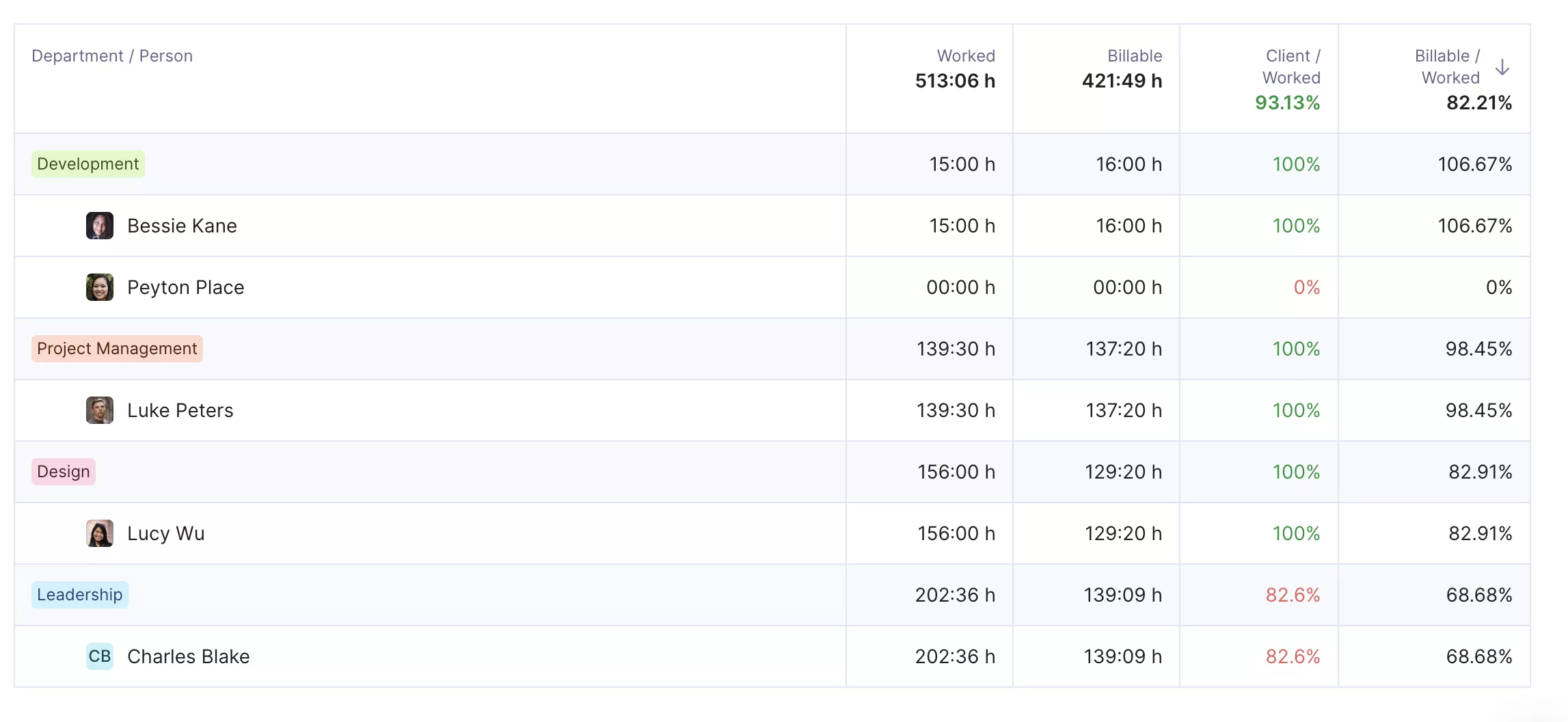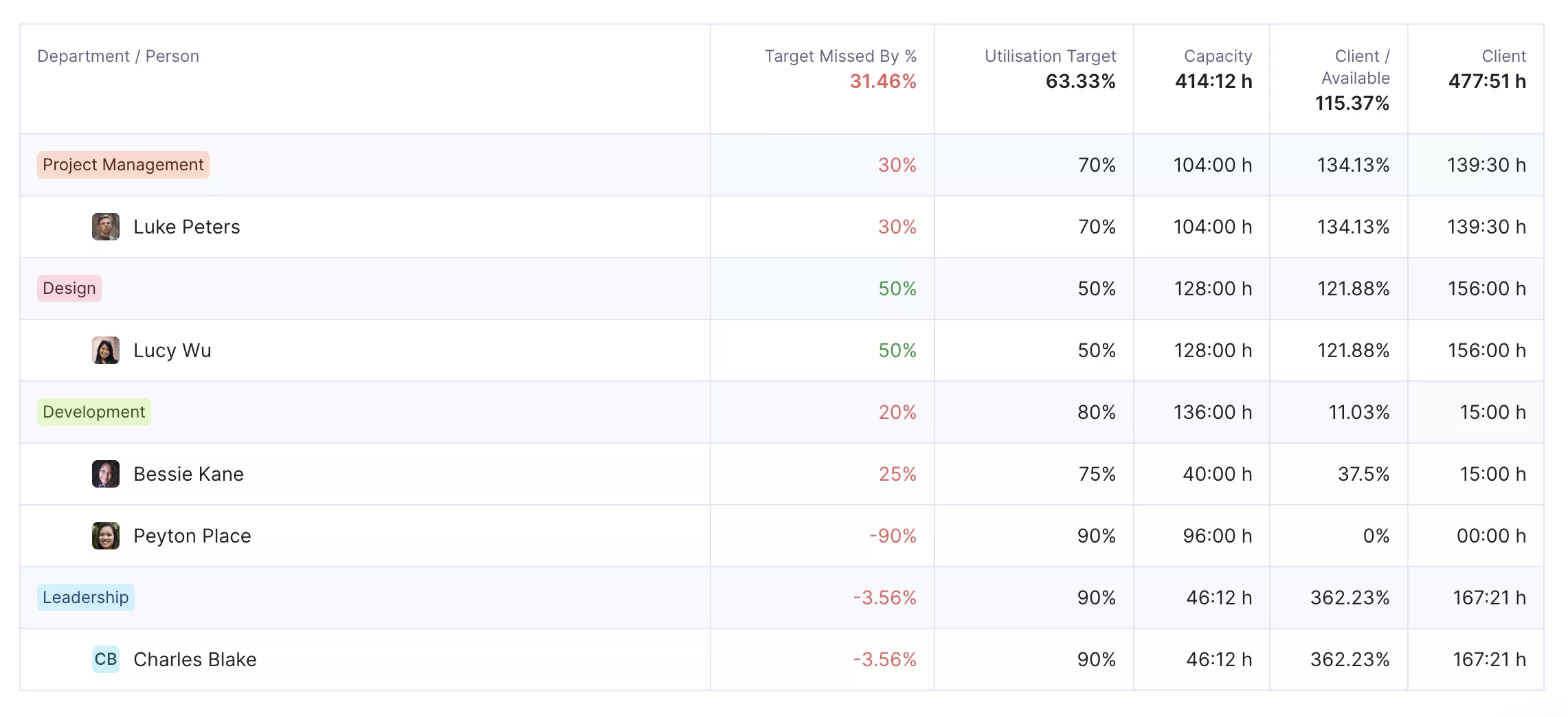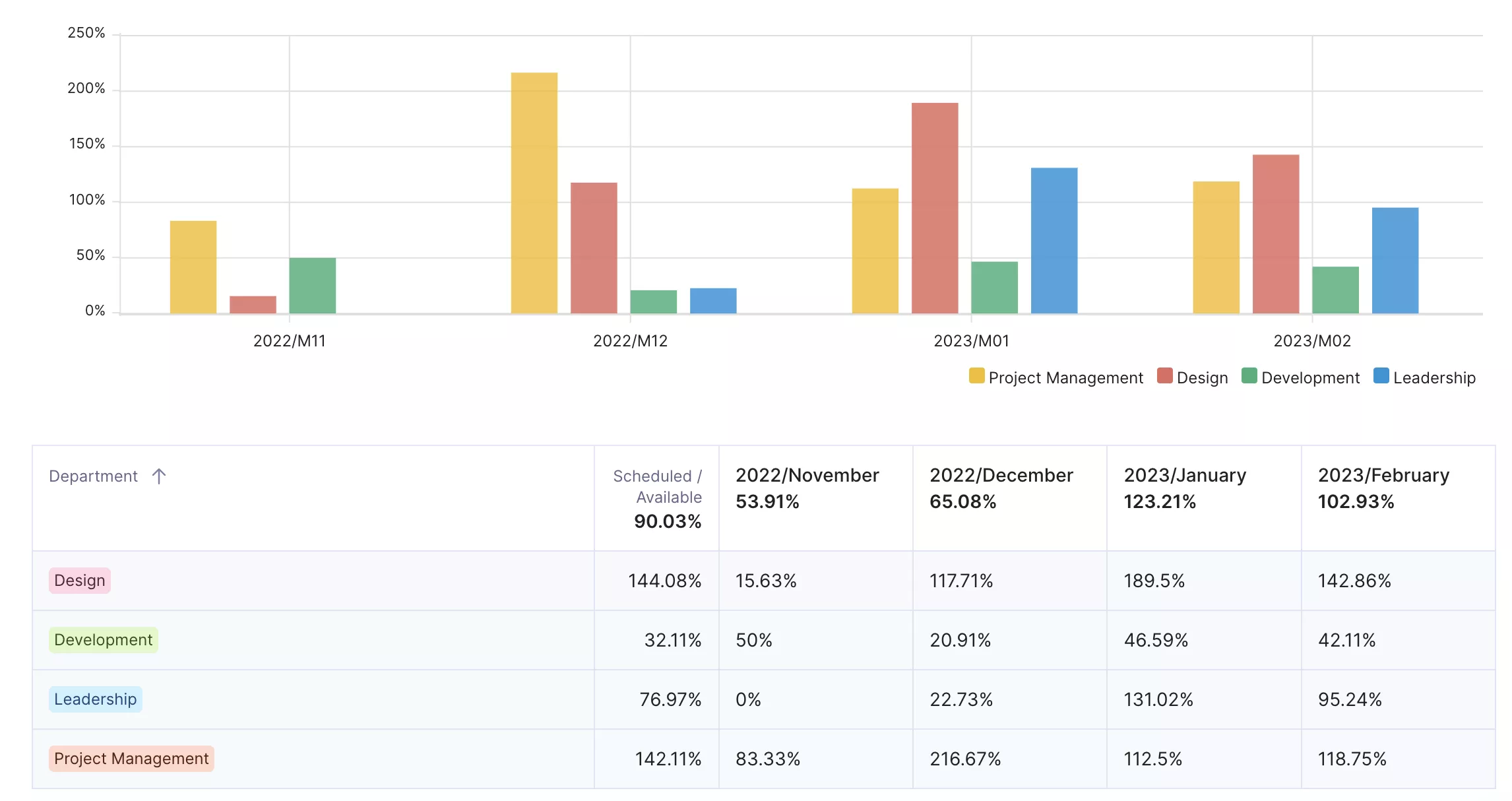Resource Planning For Professionals: Managing 350+ People Using Productive

Infinum is a digital agency of 370 people with offices in the USA, UK, Croatia, Montenegro, and North Macedonia. With more than 15 years of experience, numerous awards and clients like Nike, Philips, Samsung and Coca-Cola, they know a thing or two about resource allocation and planning the work for a team on an international scale.
We spoke with Luka Marić, the Head of Operations who gave us a detailed insight on how they use Productive’s powerful resource planning features to track workload, assign people on projects and create reports on utilization.
See also: 12 Best Resource Management Software Solutions
It’s challenging to plan work for 350+ people, so how do you manage a team of that size? Are people divided in teams by their skill, department they belong to, or other parameters?
Luka: I agree, planning work for 350+ people can be challenging, but we’ve developed a system which handles the scale. People are grouped in technical teams (PM, Design, Devops, Android, iOS, Rails, .NET,…) and each member of the planning department is in charge of a certain number of teams. We do have more levels of complexity (seniority, skills, preferences, etc.) which we take into account while scheduling people to projects as well.
We Help Your Agency Reach New Heights
Switch from multiple tools and spreadsheets to one scalable agency management system.
Macro planning seems to be the key here—why do you think it’s important for companies and teams of all sizes?
Luka: I think it’s really important because that’s the only way planning can be in line with a company’s strategic goals. The earlier Planning and Operations are exposed to strategic decisions, the better. We’re the ones allocating the resources on a daily basis, and if macro factors are neglected, we could easily go off track from where we want to be at a certain period.
Scheduling (Resource Planning) in Productive offers us different categories of time off events which helps us a lot. There’s, of course, vacation and sick leave, but we also have separate categories for Maternity or Paternity leaves, Student exams… All of those are requested by people and tracked in Scheduling, which automatically recalculates available time a specific person is able to spend on project-related work.
That way, we can shape expectations from project managers and clients for the delivery and output on a project. In some cases, we are trying to be proactive about this, so we schedule collective vacation leave, exam time off for students, and other types of predictable time off early in the year.
“A single Productive report, Forecast of Production Capacity, is actually very important for us for making hiring decisions.“
Can you name a few reports that are of most value to you, that you got from the data in Scheduling?
Luka: We use more of them on daily basis, but let me give you the most important ones:
Utilization by Teams: We track the ratio of Client / Worked hours on a team level on a monthly, quarterly and yearly basis. For an agency, this data is the bread and butter, and we always need to be aware of these numbers.

Utilization Target Realization: Built on top of our utilization report, we look into specific team and individual targets and how the reality compares to it.

Forecast of Production Capacity: We look into the Scheduled / Available ratio for the upcoming months/quarters, also on the team level. This serves as an indicator of future availability, which is really important while shaping hiring decisions.

What about hiring—can it tell you if you should add new teammates?
Luka: The report I’ve mentioned before, Forecast of Production Capacity, which shows us the Scheduled/Available ratio in the future months, is actually very important for us for making hiring decisions. This way we can see whether we’re over or under capacitated at a certain period of time. We usually look at this for the time period of 7-30 days for our day-to-day activities, but we use the 90-and-more-day forecast to decide whether we need to hire more people in some teams.
One simple example would be: We have team X, whose Scheduled/Available ratio is 110% when looking into the upcoming quarter. This means that we’ll need an extra 10% of our current capacity to be able to do the work we have scheduled. Then we translate those percentages into the numbers of full time employees we actually need and signal this to HR so that they can start with the hiring process.
In reality, it’s a bit more complex because there are some other factors we tend to include, but this would be the essence of it.
Related: The Best ERP for Professional Services
The discussion about the recession is ramping up. How are you preparing for it? What is the data every operations person should be tracking carefully to be ready if everything goes haywire?
Luka: Well, the earlier mentioned data on forecasting production capacity is one of the most important things, I’d say. Hiring decisions are of extreme importance in such scenarios. You definitely don’t want to over-extend and over-hire in such periods, so I advocate for a more conservative approach, especially if we’re anticipating some negative scenarios. The art of running business is finding a balance between the supply and demand. In such volatile times, I believe planning should work especially close with the Sales and HR department to be able to find that sweet spot.
Planning and Operations are usually more focused on so-called lagging metrics, those that assess the current state of the business. Leading indicators, on the other hand, predict future conditions and at uncertain times we need to combine both in a meaningful way to be able to shape our decisions.
Achieve Your Agency’s True Potential
Switch from multiple tools and spreadsheets to one scalable agency management system.


